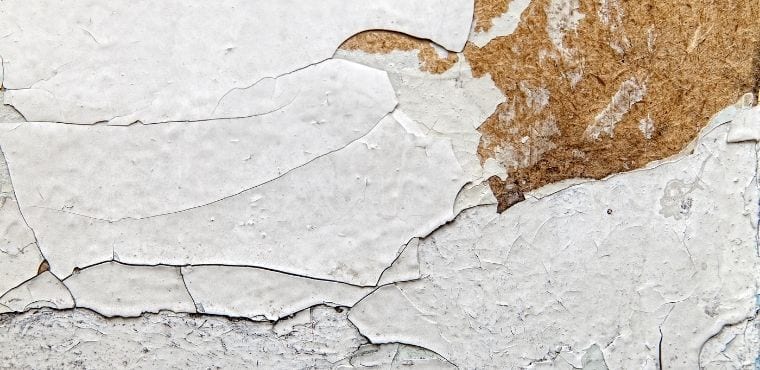“A man’s home is his castle.” This expression embodies everything our homes mean to us—a place where we feel secure, comfortable, and safe. But even castles come under attack from invaders, and so can our homes. Sometimes, the most dangerous attacks aren’t even the ones that come from without, but from within. If you want to keep invaders out of your castle, keep an eye out for these household hazards hiding in your home.
Mold
Let’s get myths out of the way first: not all mold is dangerous. In fact, there are over 100,000 varieties of mold in the world, and most of them won’t cause problems if they exist in your home in small amounts. But many mold varieties exacerbate allergy symptoms and, in severe cases, may cause more serious health conditions. For instance:
- Trichoderma: May increase asthma symptoms as well as cause hay fever or pneumonia
- Stachybotrys: Also known as “black mold.” In extreme cases, it causes bleeding in the lungs.
- Acremonium: Can potentially cause UTIs, bone marrow disease, corneal ulcers, and skin infections.
Mold is fond of damp, dark places, so be vigilant of areas such as bathrooms, kitchens, basements, and air conditioning units. Also, if your home ever experiences flooding, walk through the house regularly in the days after to assess for moisture or mold growth.
Unstable Furniture
Imagine someone pointed you to a bureau filled with fine china and asked you what the most dangerous part about it was. What would you point to? You might think it was the breakable china. But, really, it’s the bureau itself, especially if you’re a child.
Thousands of children are injured or killed every year after climbing furniture and having it tip over on top of them. Since it’s difficult to stop children from climbing, experts typically recommend that parents anchor furniture to the wall to prevent tip-overs and keep kids safe. This practice has the added bonus of keeping your furniture safer during a tornado.
Lead Paint
Back in olden times, lead was used in nearly everything: piping, make up, and—most notably—paint. Although we know better these days, our leaden past still comes back to haunt us. This is especially true if you live in a house that was built before the late 1970s.
Lead paint isn’t a problem if you’re just sitting on the couch, but it is a problem if the paint starts to crack. Then, the lead enters the air and causes serious upper-respiratory problems. If you’re going to fix cracked paint on your wall, make sure you have the paint tested before getting out the chisel.
Poisonous Plants
You spent time and effort planting your garden. It’s natural to want to bring your prized plants in the house and put them on a vase on the kitchen table. But not every plant in your yard is one you want near your food. Some perfectly benign-looking plants carry illness-inducing poisons, including:
- Oleander
- Angel’s trumpet
- Daffodils
- Lilies
Even if the plants don’t directly poison humans, these hidden household hazards can potentially cause illnesses in dogs or cats. It’s better to leave them out in your garden.







